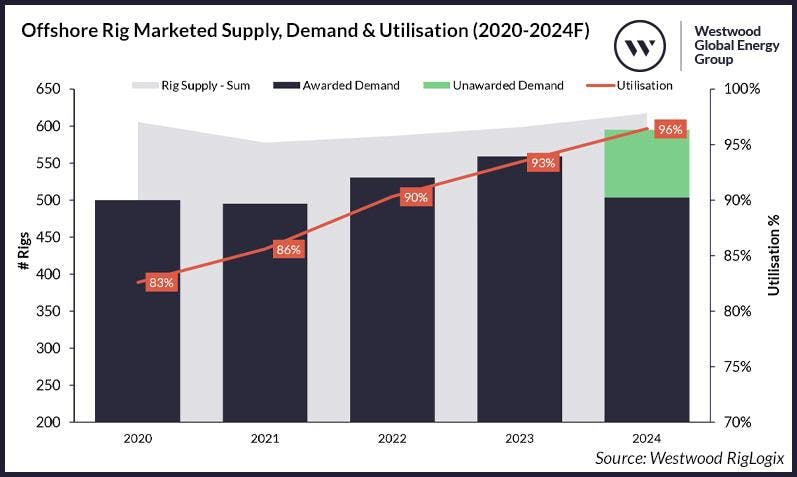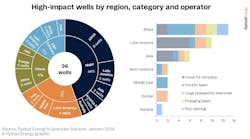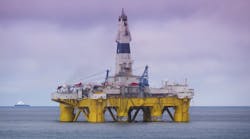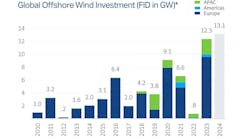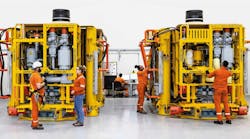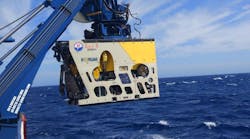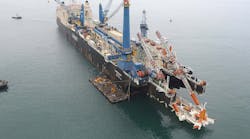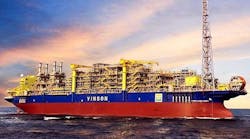Editor's note: This Data section first appeared in the January-February 2024 issue of Offshore magazine. Click here to view the full issue.
Offshore production has lower methane footprint than onshore
About 80% of methane emissions from upstream activities originate from conventional onshore fields, followed by shale or tight oil developments, primarily in the US and Canada. The remaining emissions come from offshore and oil sands. Offshore production has a lower methane footprint than the global average, especially deepwater developments. The lower volumes of methane emissions from offshore deepwater operations can be attributed to factors such as technology, scale and subsurface conditions. Modern offshore platforms often feature improved methane monitoring and equipment systems, resulting in generally lower leakage volumes. Additionally, deepwater fields tend to have relatively low flaring.—Rystad Energy
Some white space in 1H but further overall utilization growth
Westwood’s overall outlook for the offshore rig market remains highly optimistic, albeit with the potential for more availability during the first half of 2024. In addition to current warm-stacked supply with no future work in place, including 27 jackups, three drillships and eight semisubmersibles, there are another 18 jackups, four drillships and five semisubs that are currently working and set to roll off hire in the first quarter of this year alone (these figures do not include rigs that have contract options available).—Westwood Global Energy Group
Decommissioning wind farm projects will impact global capacity targets
Sif Group and Ballast Nedam have recently signed an MoU to continue developing their joint venture, BNS Decom, to provide turn-key decommissioning solutions for offshore wind farms. Decommissioning of offshore wind farms currently represents a very tiny market. By the end of this decade, however, almost 200 offshore wind turbines will reach their projected end-of-life (EoL) annually. In the following decade, the number is set to increase 700% by 2040. Many North Sea offshore wind farms, being some of the earliest project in the industry, are going through their EoL now.—Spinergie


